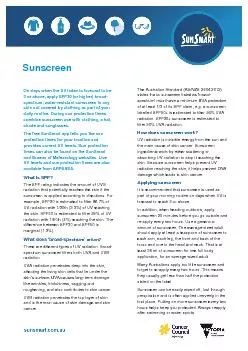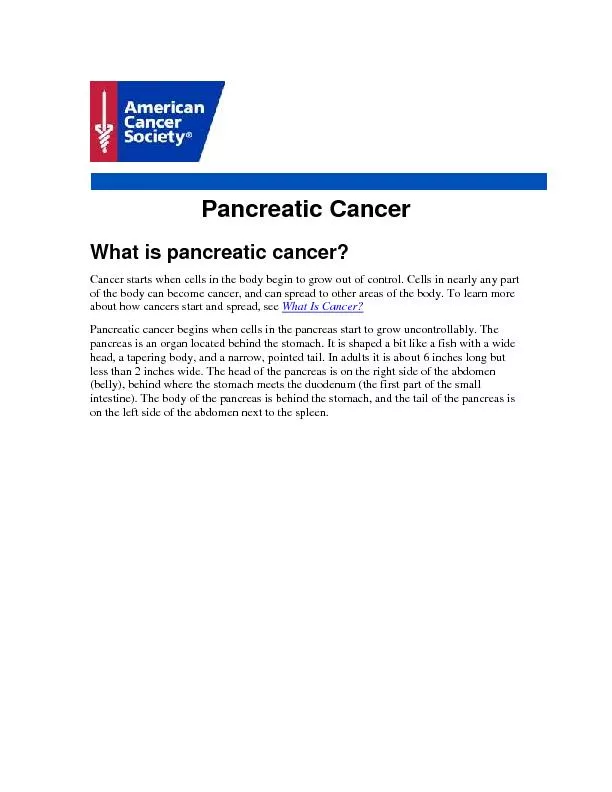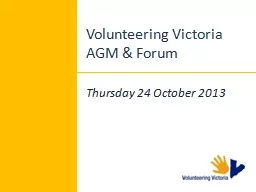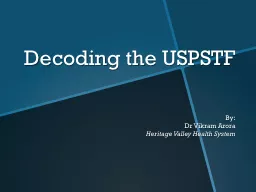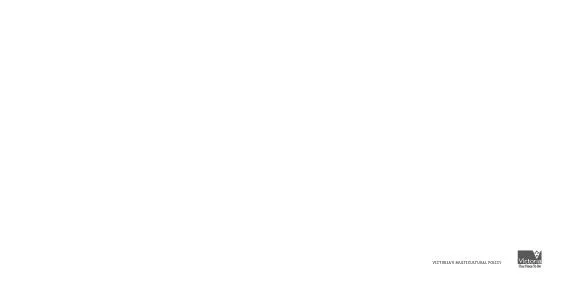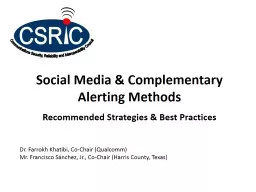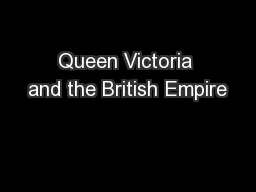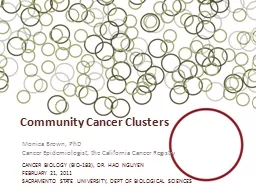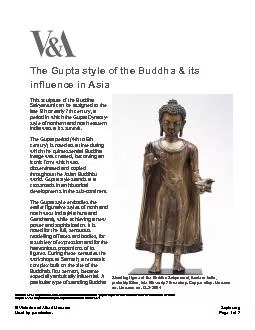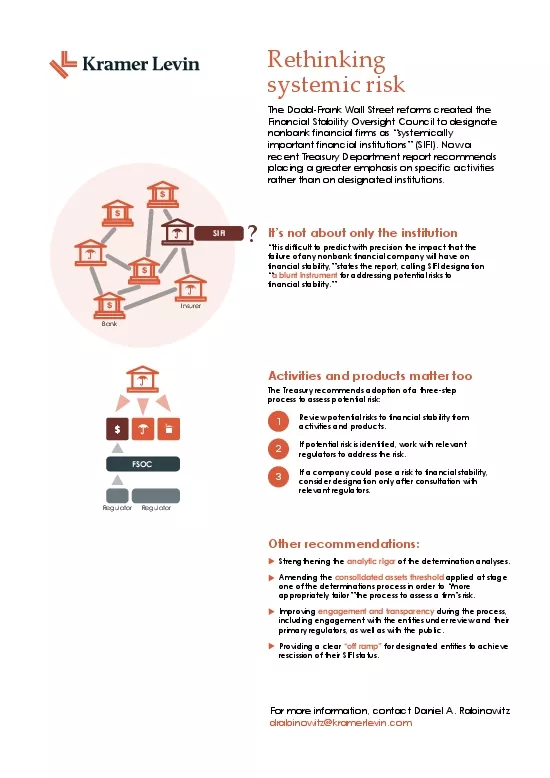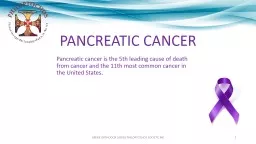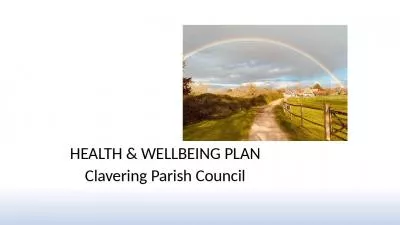PDF-Cancer Council Victoria recommends
Author : celsa-spraggs | Published Date : 2015-11-07
Sunscreen using SPF30 or higher broad spectrum water resistant sunscreen However sunscreen alone will not provide adequate protection against overexposure to ultraviolet
Presentation Embed Code
Download Presentation
Download Presentation The PPT/PDF document "Cancer Council Victoria recommends" is the property of its rightful owner. Permission is granted to download and print the materials on this website for personal, non-commercial use only, and to display it on your personal computer provided you do not modify the materials and that you retain all copyright notices contained in the materials. By downloading content from our website, you accept the terms of this agreement.
Cancer Council Victoria recommends: Transcript
Download Rules Of Document
"Cancer Council Victoria recommends"The content belongs to its owner. You may download and print it for personal use, without modification, and keep all copyright notices. By downloading, you agree to these terms.
Related Documents

